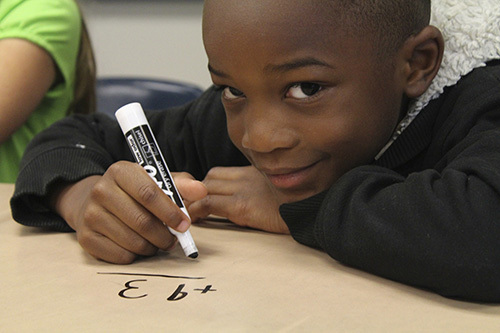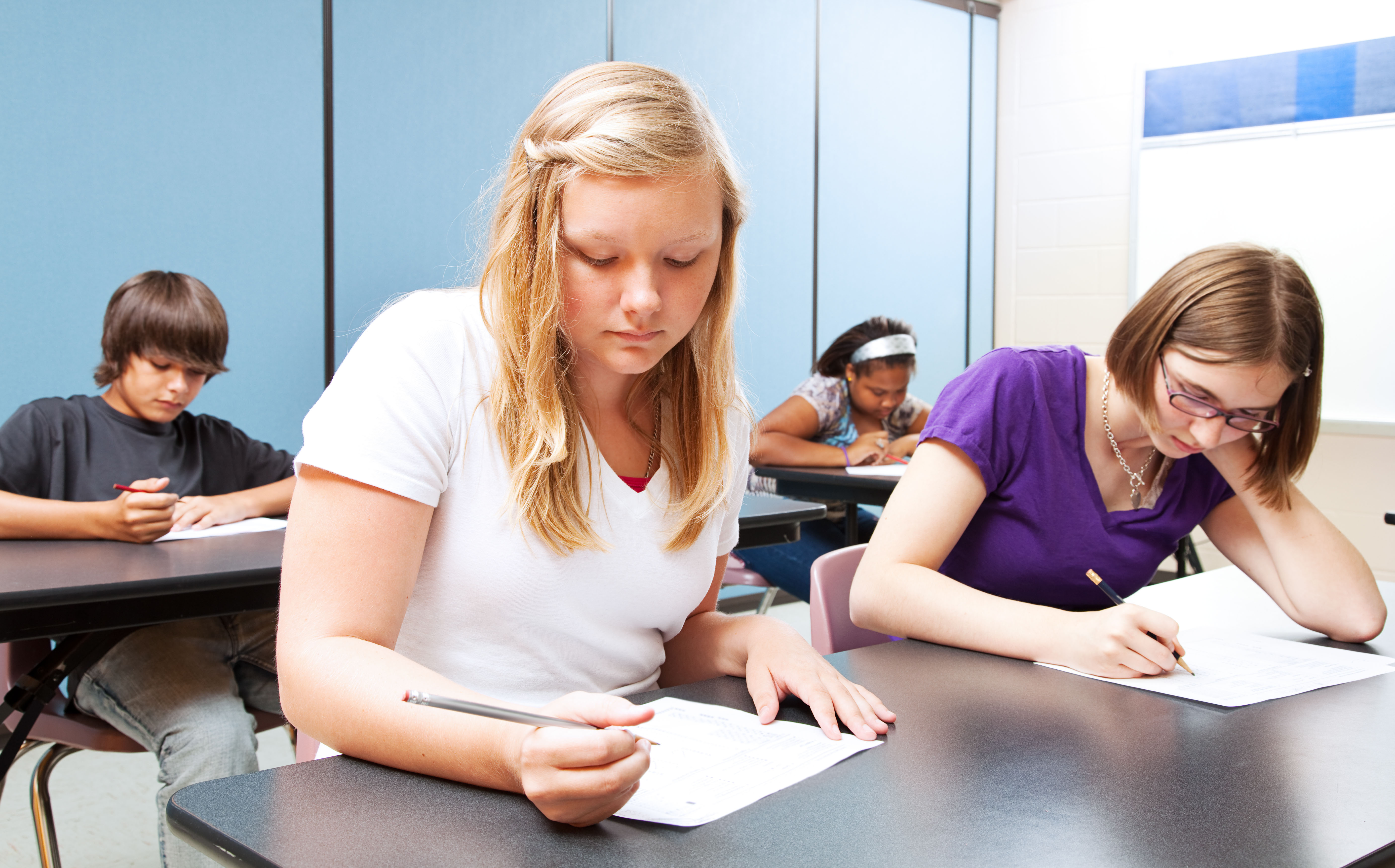
What can we learn from the teaching and learning practices of mathematics — school to school and country to country?
In 2012, PISA studied students’ performance in mathematics, and additionally, collected data from students and school principals in 70 countries about how teachers teach mathematics. The goal was to explore what teaching and learning strategies related to higher student achievement by way of answering these 10 questions:
- How much should I direct student learning in my mathematics classes?
- Are some mathematics teaching methods more effective than others?
- As a mathematics teacher, how important is the relationship I have with my students?
- What do we know about memorization and learning mathematics?
- Can I help my students learn how to learn mathematics?
- Should I encourage students to use their creativity in mathematics?
- Do students’ backgrounds influence how they learn mathematics?
- Should my teaching emphasize mathematical concepts or how those concepts are applied in the real world?
- Should I be concerned about my students’ attitudes towards mathematics?
- What can teachers learn from PISA?
Joining us in The Global Search for Education to discuss Ten Questions for Mathematics Teachers… and How PISA Can Help Answer Them is Andreas Schleicher, OECD Director for Education and Skills, and Special Advisor on Education Policy to the OECD Secretary-General.

Andreas, what were your key findings and what surprised you the most about this study?
The most remarkable finding really is that teaching strategies clearly trump nationality and social background; many of our observations hold over more than 60 countries. The data also showed that where teachers have confidence in their own skills and abilities they are more likely to innovate in the classroom. Now the key question is how we boost teacher self-efficacy. A high degree of professional autonomy in a collaborative culture seems to be key to this.
What elements of the teaching practices that you studied have the greatest impact on students’ math capabilities?
While strategies such as teacher-directed and student-oriented teaching strategies are both useful, it appears that teacher-directed strategies are more beneficial for students to more successfully solve simpler problems. Yet, as the problems become more difficult, students with more exposure to direct instruction no longer have a better chance of success. That means teachers need to master a range of approaches to serve diverse student needs well. Cognitive-activation strategies, while more difficult for teachers to implement, also appears to have a positive relationship with student performance, no matter how difficult the mathematics problem. It appears that these methods are associated with better performance in mathematics, perhaps because they require students to be more creative and proactive in their learning. They may be presented with problems for which there is no obvious solution or they may have to explain how they arrived at the answer.
We found that a reliance on memorization was useful for solving simpler problems but actually hindered success on more difficult problems. Control strategies were always helpful but less so for more difficult problems. Elaboration strategies were particularly associated with a greater chance of solving more difficult problems. To attain peak performance in mathematics, we recommend that teachers consider the following: help students go beyond root memorization (such as simply learn something by heart) and to be both more strategic and responsible in their learning and to try to see the links between what they learn, what they already know, and what new problems they are faced with in class, in their homework, and on tests. (Of course, this may come naturally as students become more confident and more capable in mathematics over time.)

How important is the connection between teaching mathematics principles and applying the knowledge to other subject areas and to real world problems?
These are two sides of the same coin. Students who cannot extrapolate from what they know and apply their knowledge in novel situations have only accumulated dead knowledge that won’t be particularly useful for them. But students who do not have a deep conceptual understanding of math, and who cannot think like a mathematician, won’t be good at any math. The use of elaboration strategies seem particularly helpful in solving more complicated problems so teachers should help students see the connections between various mathematics topics (e.g. algebra, trigonometry, probability and statistics) and develop analogies to real-life problems and concepts learned in other subject areas. This also helps foster students’ interest in mathematics as it is easier to stay motivated with a subject when its usefulness is apparent.
However, it is also important not to lose sight of teaching pure mathematics – functions, equations, conic surfaces, etc. There is a clear link between exposure to pure mathematics and performance in mathematics generally – this link is stronger than it is for applied mathematics. It is certainly possible to expose students to both pure and applied mathematics and there is actually a slight positive correlation between the two: the more pure mathematics one sees at school, the more applied mathematics one is also likely to see. (Perhaps this is simply due to greater class hours in some countries.) One country that sticks out particularly well for this is Korea.
What self-assessment do you recommend to school leadership to determine the effectiveness of math teaching in their schools?
That question really goes beyond the scope of this report. But we have just brought out a “PISA-based Test for Schools” that individual schools can use to see their own strengths and weaknesses in light of what other schools in their country or in other countries achieve.

What improvement programs do you recommend to address the gaps in teaching effectiveness? How do teachers find the time to secure this need for professional development?
A key component to promote teaching effectiveness is training, and particularly, professional development. The challenges and complexities brought by 21st century classrooms make it impossible for teachers just to rely on their initial training. Thus, life-long learning should be a must on the teachers’ career path.
What countries generally have developed and deployed the best practice models, in terms of PISA results and in your qualitative appraisal of their practices?
Switzerland, Estonia, and Macao-China are a few interesting examples. Students in these systems use a variety of learning strategies – especially control and elaboration strategies. Our data shows that different strategies have different results depending on the complexity or type of problem. Consequently, the more strategies that a student can apply will increase the likelihood of success in solving a wider range and difficulty of problems.
What key factors have you identified that are central to PISA math performance that are separate from teaching approaches, such as cultural habits and socio-economic disadvantages? What are the keys to addressing these issues and how can teachers be trained to handle them?
PISA finds that socio-economically disadvantaged students are often less frequently exposed to both pure and applied mathematics than the more advantaged peers. This might be because they are in different education tracks, or have been placed in classes or groups in classes where they are not exposed to more challenging mathematics. But PISA also finds that exposure to complex mathematics concepts and tasks is related to higher performance in PISA among all students, including disadvantaged students; and that providing additional support to struggling students is strongly related to students’ positive self-beliefs. Teachers can help struggling students acquire the numerical and spatial skills they may not have developed before through targeted tutoring – without denying these students exposure to a more demanding curriculum. More frequent use of problem solving as a method of teaching mathematics can also help weaker students to connect the abstract or conceptual aspects of mathematics with real life, and make mathematics lessons more engaging for all students.
(Pictures are courtesy of CMRubinWorld)


Join me and globally renowned thought leaders including Sir Michael Barber (UK), Dr. Michael Block (U.S.), Dr. Leon Botstein (U.S.), Professor Clay Christensen (U.S.), Dr. Linda Darling-Hammond (U.S.), Dr. MadhavChavan (India), Professor Michael Fullan (Canada), Professor Howard Gardner (U.S.), Professor Andy Hargreaves (U.S.), Professor Yvonne Hellman (The Netherlands), Professor Kristin Helstad (Norway), Jean Hendrickson (U.S.), Professor Rose Hipkins (New Zealand), Professor Cornelia Hoogland (Canada), Honourable Jeff Johnson (Canada), Mme. Chantal Kaufmann (Belgium), Dr. EijaKauppinen (Finland), State Secretary TapioKosunen (Finland), Professor Dominique Lafontaine (Belgium), Professor Hugh Lauder (UK), Lord Ken Macdonald (UK), Professor Geoff Masters (Australia), Professor Barry McGaw (Australia), Shiv Nadar (India), Professor R. Natarajan (India), Dr. Pak Tee Ng (Singapore), Dr. Denise Pope (US), Sridhar Rajagopalan (India), Dr. Diane Ravitch (U.S.), Richard Wilson Riley (U.S.), Sir Ken Robinson (UK), Professor Pasi Sahlberg (Finland), Professor Manabu Sato (Japan), Andreas Schleicher (PISA, OECD), Dr. Anthony Seldon (UK), Dr. David Shaffer (U.S.), Dr. Kirsten Sivesind (Norway), Chancellor Stephen Spahn (U.S.), Yves Theze (LyceeFrancais U.S.), Professor Charles Ungerleider (Canada), Professor Tony Wagner (U.S.), Sir David Watson (UK), Professor Dylan Wiliam (UK), Dr. Mark Wormald (UK), Professor Theo Wubbels (The Netherlands), Professor Michael Young (UK), and Professor Minxuan Zhang (China) as they explore the big picture education questions that all nations face today.
The Global Search for Education Community Page
C. M. Rubin is the author of two widely read online series for which she received a 2011 Upton Sinclair award, “The Global Search for Education” and “How Will We Read?” She is also the author of three bestselling books, including The Real Alice in Wonderland, is the publisher of CMRubinWorld, and is a Disruptor Foundation Fellow.
Follow C. M. Rubin on Twitter: www.twitter.com/@cmrubinworld





Recent Comments